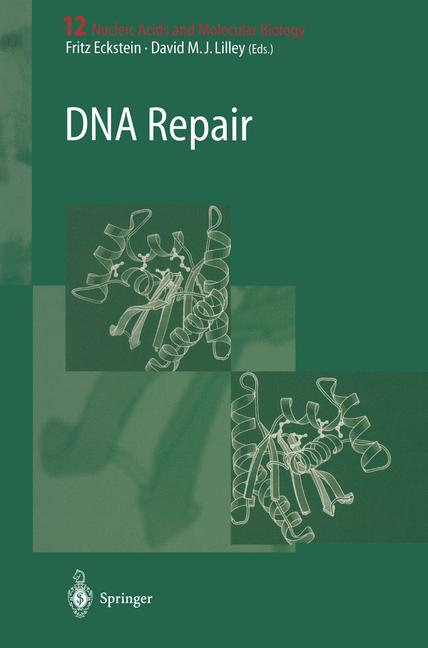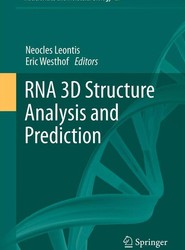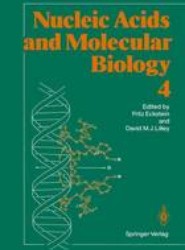(To see other currencies, click on price)
MORE ABOUT THIS BOOK
Main description:
DNA is the central repository of genetic information in the cell, yet it is under constant attack by chemical mutagens, radiation and other processes. Cells therefore put a great deal of resources into repairing any damage to this precious store. Mechanisms of DNA repair vary greatly in their level of complexity, from specific reversal mechanisms that involve a single protein, to sequential pathways that require many enzymes. But at the heart of all these mechanisms lie proteins that recognize damage to DNA, raising important questions about how damaged DNA may be distinguished. These recognition processes are now finally yielding their secrets to structural analysis. This volume focuses on DNA repair, with an emphasis on structural data where available.
Contents:
Repair of Alkylated DNA by the E. coli Ada Protein.- Structural Phylogenetics of DNA Base Excision Repair.- Protein Interactions in Mammalian Pathways of DNA Base Excision Repair.- Poly(ADP-Ribose) Polymerase Is Required for Maintenance of Genomic Integrity During Base Excision Repair.- Functional Domains in E. coli UvrABC Proteins in Nucleotide Excision Repair.- Nucleotide Excision Repair in Yeast: Recent Progress and Implications.- Nucleotide Excision Repair in Man.- Transcription-Coupled and Global Genome Nucleotide Excision Repair.- DNA Mismatch Repair.- Eukaryotic Mismatch Repair.- The Conflicting Roles of Mismatch and Nucleotide Excision Repair in Cellular Susceptibility to Anticancer Drugs.- Crystallographic Studies of Proteins Involved in Recombinational Repair and Excision Repair.- Eukaryotic DNA Ligases and DNA Repair.-
PRODUCT DETAILS
Publisher: Springer (Springer-Verlag Berlin and Heidelberg GmbH & Co. K)
Publication date: April, 2012
Pages: 328
Weight: 511g
Availability: Available
Subcategories: Biochemistry
From the same series







































